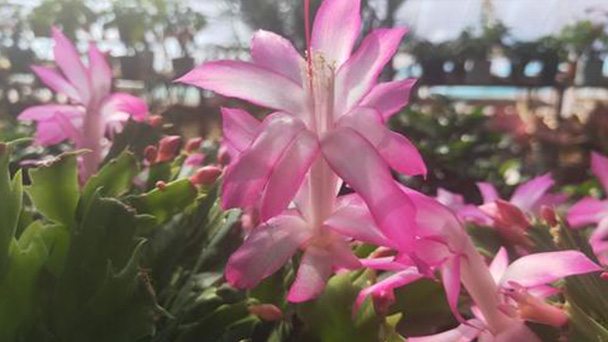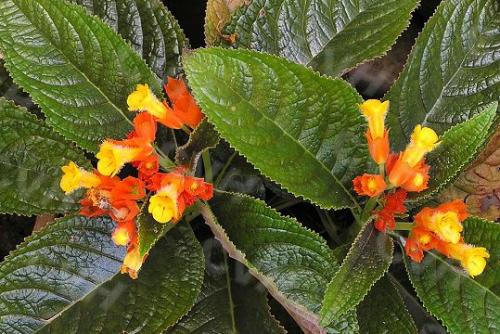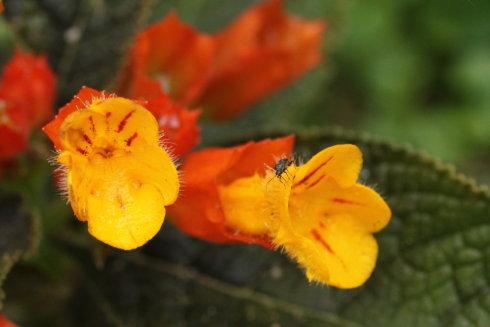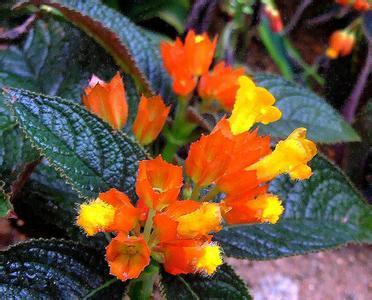The breeding methods and precautions of Chrysothemis pulchella
Written by Maggie
Nov 21 2020

In the process of Chrysothemis Pulchella cultivation, you can choose a mixture of peat, perlite, leaf rot soil as the culture soil, to ensure that the PH of the soil at about 6 ~ 6.5. During the growth period, it can be placed in the weak light indoors. In summer, put it under the tree for shade, control the temperature at about 20℃ ~ 30℃In winter, maintain the temperature at about 13℃ ~ 16℃.
Chrysothemis Pulchella picture

Chrysothemis Pulchella's breeding method
1. Acid soil
Chrysothemis Pulchella likes to grow in loose, nutrient rich acid soil. It can use a mixture of peat, perlite and saprolite as culture soil, and add a base fertilizer as preliminary nutrients to ensure that the PH of the soil is around 6 ~ 6.5. Don't use alkaline soil, or it will wither easily.
2. Light and temperature environment
Chrysothemis Pulchella's breeding method and the basic requirements need to pay attention during the growth period in the room in the weak light. In the summer, we can use shade under a canopy, or placed under a tree to shade.The appropriate temperature during its growth is around 20℃ ~ 30℃, and overwintering temperature should be maintained at about 13℃ ~ 16℃.
3. Watering requirements
Chrysothemis Pulchella loves to grow in a high humidity environment. chrysothemis pulchella thrives in bright colors and thrives when the air is moist and the soil is often moist. Don't allow standing water, especially during the rainy season when drainage is needed.

4. Fertilize regularly
Chrysothemis Pulchella applies a thin aqueous solution of cake fertilizer every two to three weeks during bloom, then sprays the leaves weekly between budding and flowering to help the bloom and bloom.
Considerations for breeding Chrysothemis Pulchella
Don't over fertilize Chrysothemis Pulchella while it blooms. Apply fertilizer mainly in small, repeated doses. Apply foliage without spilling the fertilizer on the buds to prevent flowering, apply at night when buds are budding, and add water to prevent excessive fertilization from damaging the roots.

Latest Updated
- Benefits of Bugleweed - 7 Science-backed Health Benefits
- Bugleweed Dangers & Side Effects - Is It Poisonous?
- How to Plant Evergreen Trees - What You Should Know
- When to Plant Evergreens - Grow Guide for Evergreen Trees
- 12 Wonderful Evergreen Shrubs for Your Garden
- 12 Popular Evergreen Plants with Pictures for Beginners
- When And How To Prune A Lilac Bush Like a Pro
- How to Grow & Care for Lilac Vine (Hardenbergia Violacea)
- Japanese Lilac Tree (Syringa Reticulata) Care & Propagation Guide
- Shumard Oak Pros and Cons - What to Know
Popular Articles
- Winter maintenance of Antirrhinum Majus
- How to Grow Terminalia Mantaly Tree
- How to Grow and Care for Crossostephium Chinense
- How to grow Antirrhinum Majus in spring
- Peristeria Elata (Dove Orchid) Profile: Info & Care Guide
- Underwatered Snake Plant (Sansevieria Trifasciata) - Signs And How To Fix
- How to Care for Brazilian Jasmine Plant (Mandevilla Sanderi)
- How to Grow & Care for Graptopetalum Purple Delight in Summer
- Rosa Chinensis (China Rose): Plant Growing & Care Tips
- How to Care for Baby Sun Rose (Aptenia Cordifolia)